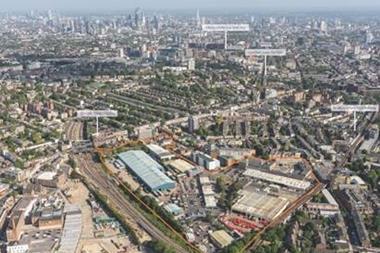The year has started with one question firmly front of mind in the industrial and logistics (I&L) space: has the bubble finally burst or is the sector merely experiencing a temporary dip?

After years of price rises, 2022 ended with a bump for the industrial market as the economy faltered, leading to double-digit share price losses for the majority of listed industrial property firms.
Investment data from Savills, shared exclusively with Property Week, illustrates the extent of the slowdown. In Q4 2022, investment in UK I&L properties fell off a cliff, with spending down a significant 73% compared with the Q4 three-year average. Investors were clearly spooked, fearing what might happen next as the UK battled rising inflation.
The situation is likely to get worse before it gets better. Property agent Robert Irving Burns forecasts that sales prices in the logistics sector could fall by 2.7% on average in Q1 2023.
However, this doesn’t mean the sector is necessarily ploughing headlong into a protracted crisis. As Bruce Topley, UK managing director of GLP Europe, points out in our interview, the fundamentals of the UK industrial market remain strong. Demand for space remains high and vacancy rates low across many sites.
The changing business needs of occupiers is also driving demand for warehouse space. In Warrington, TJ Morris, the firm behind Home Bargains, is constructing a 43.5m-high warehouse that will allow it to automate more of its processes. Last month, Amazon said it planned to close three of its older fulfilment centres and invest in two new state-of-the art warehouses.
The giddy, high-growth years may be over, but that doesn’t mean the I&L market is heading for a major crash.
Andy Hillier is Property Week’s features editor






























No comments yet